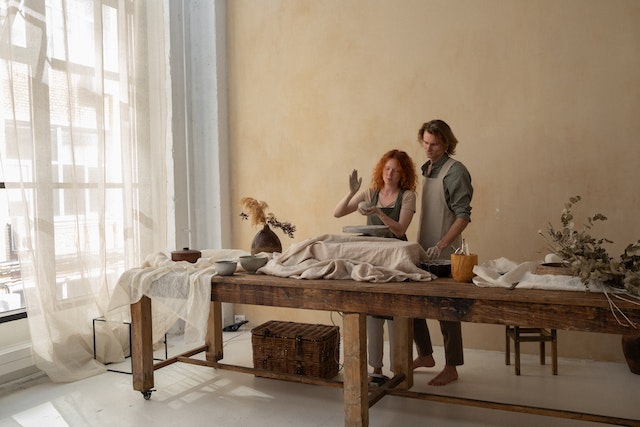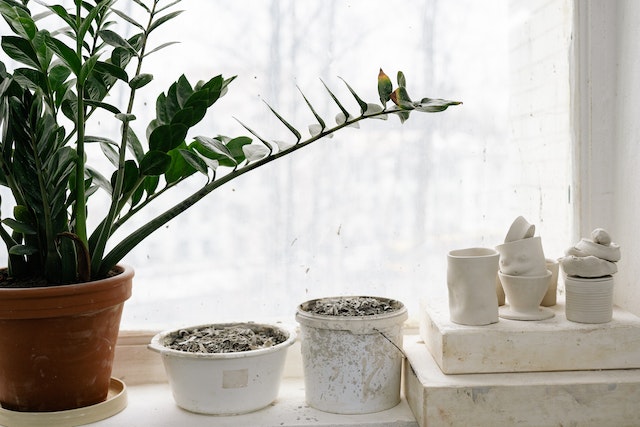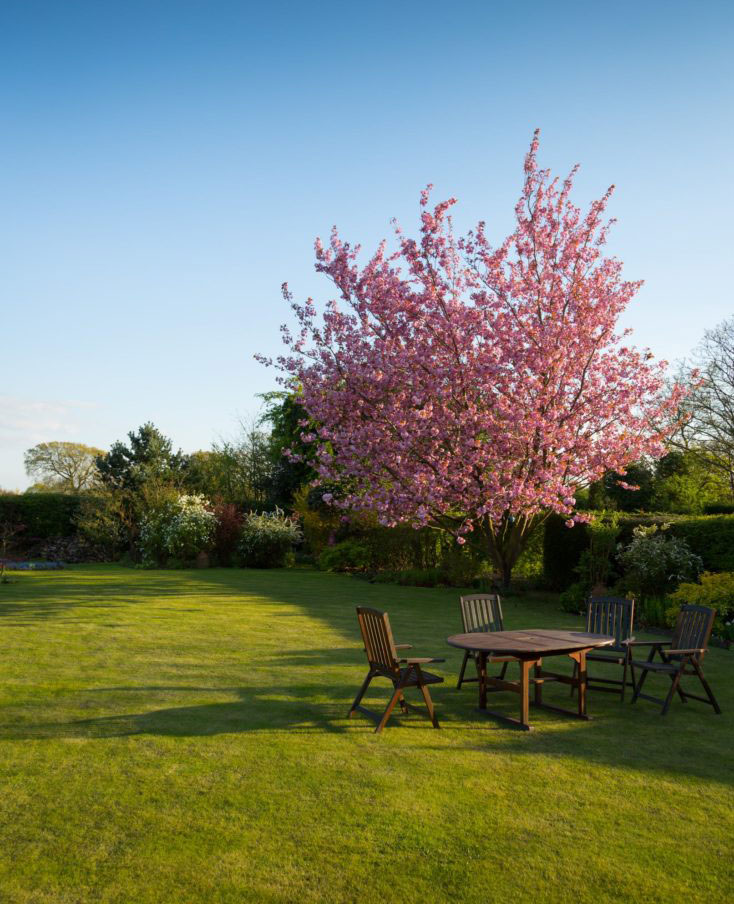Eco-Interior in Terms of Psychology: The Healing Power of Nature-inspired Spaces

Our living environments can have a profound effect on our emotional and mental health. In recent times, eco-friendly interior design has gained popularity, with a focus on integrating natural elements and sustainable materials into our indoor spaces. This article delves into the psychological advantages of nature-inspired interior design, particularly for those dealing with depression, and highlights specific design solutions that encourage a positive and healthy mindset.
Principles of Biophilic Design
Biophilic design is centered around the inherent human affinity for nature, aiming to incorporate natural components into constructed spaces. Studies have demonstrated that incorporating biophilic design principles in indoor spaces can enhance mental health, alleviate stress, and foster overall well-being.
Example: Introducing living plants to a living space not only brings nature indoors, but also purifies the air by reducing indoor air pollution. Research has shown that indoor plants can help lower anxiety and depression symptoms, fostering a sense of tranquility and well-being.
Natural Lighting
Natural light plays a crucial role in regulating our circadian rhythms, which govern our sleep-wake cycles, hormone production, and mood. Integrating abundant natural light in interior spaces can help relieve depression symptoms and improve overall mental health.
Example: Implementing large windows, skylights, or light tubes can boost the amount of natural light in a room. Increased sunlight exposure helps stimulate serotonin production, a neurotransmitter connected to mood regulation and well-being, which can be especially beneficial for those with depression.
Environmentally Friendly Materials
Employing sustainable, eco-conscious materials in interior design not only supports the environment but also contributes to a healthier living space. These materials typically lack harmful chemicals and volatile organic compounds (VOCs), which can adversely affect indoor air quality and aggravate depression symptoms.
Example: Opting for furniture and textiles made from natural, sustainable materials like organic cotton, bamboo, or reclaimed wood can create a healthier living environment, minimizing exposure to allergens and toxins that may exacerbate depression.

Nature-Inspired Color Schemes
Color psychology explores how various colors can influence our mood, emotions, and overall well-being. Nature-inspired color schemes, which draw from the environment and organic elements, have been proven to establish a calming and soothing ambiance. This promotes relaxation and enhances mental well-being.
Nature-inspired color schemes often incorporate a variety of subtle, muted shades inspired by the natural world, including greens, blues, and browns. These colors can elicit feelings of serenity, tranquility, and connection to nature, generating a comforting and nurturing environment. Integrating these shades into interior design can create a restorative atmosphere that positively impacts mental health.
Example: Gentle greens, evoking thriving landscapes and lush foliage, can instill sensations of growth, renewal, and balance. Similarly, blues, reminiscent of the vast sky and the calming depths of the ocean, can have a soothing effect, fostering feelings of stability and harmony. Finally, browns, originating from earth, wood, and other organic materials, can convey a sense of grounding, stability, and warmth.
Nature-Inspired Textures and Motifs
Incorporating nature-inspired textures and patterns in eco-friendly interior design can produce a multisensory experience that bolsters psychological well-being. Research indicates that experiencing nature, even through textures and patterns, can positively affect mood and mental health.
Example: Including natural textures like wood, stone, or woven materials can create a tactile connection to nature, enhancing a sense of comfort and well-being. Furthermore, nature-inspired patterns, such as botanical prints or organic shapes, can establish a visually soothing environment that supports mental health.
Eco-friendly interior design, emphasizing biophilic principles, natural light, sustainable materials, nature-inspired color schemes, and textures, provides a comprehensive approach to crafting spaces that enhance mental and emotional well-being. This design philosophy can be especially beneficial for individuals experiencing depression, as it aims to create a calming and nurturing environment that promotes healing and connection to nature.
By adopting eco-friendly interior design principles in our living spaces, we not only contribute to a sustainable future but also create environments that nurture our psychological well-being. Whether it’s incorporating indoor plants, maximizing natural light, or selecting environmentally conscious materials, these nature-inspired design choices can have a profound impact on our mental health and overall quality of life. As we continue to acknowledge the importance of mental health and the influence our surroundings have on our well-being, eco-friendly interior design offers a valuable approach to creating harmonious, healthy spaces that foster a deep connection to the natural world. By integrating these elements into our homes, we can not only enhance our mental and emotional health but also develop a deeper appreciation for the environment, ultimately inspiring us to live more sustainably and mindfully.
